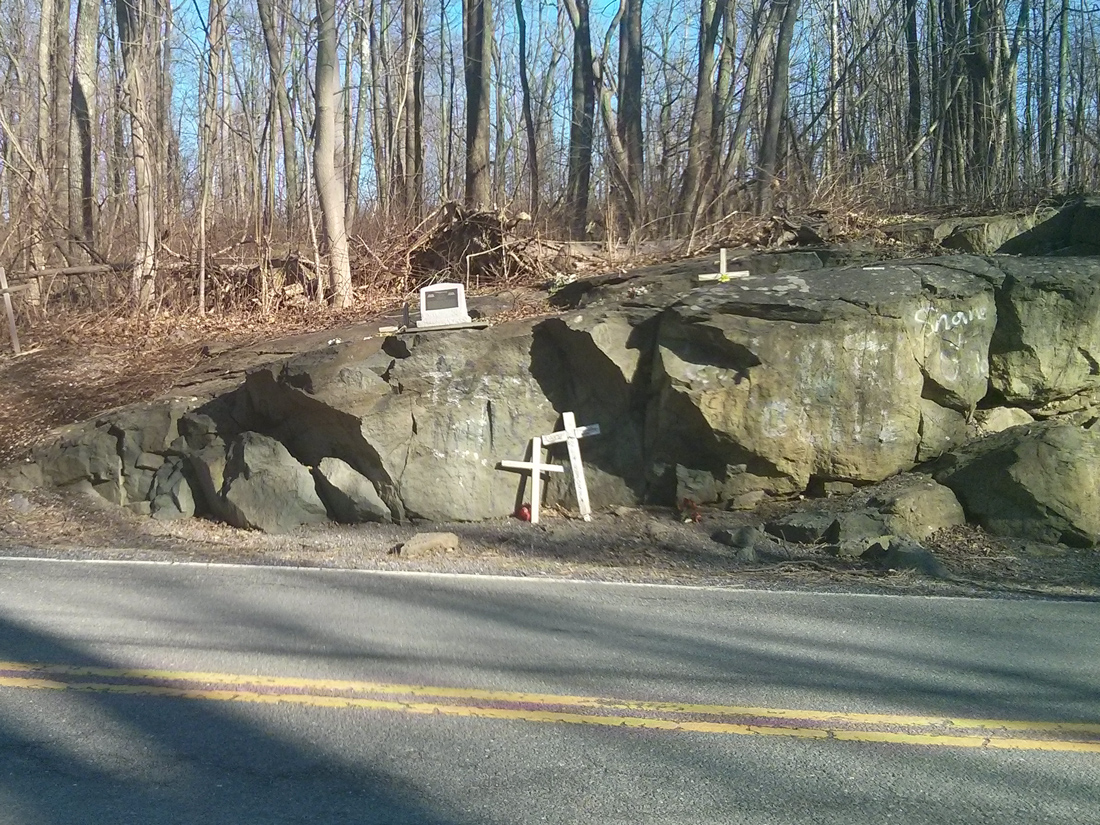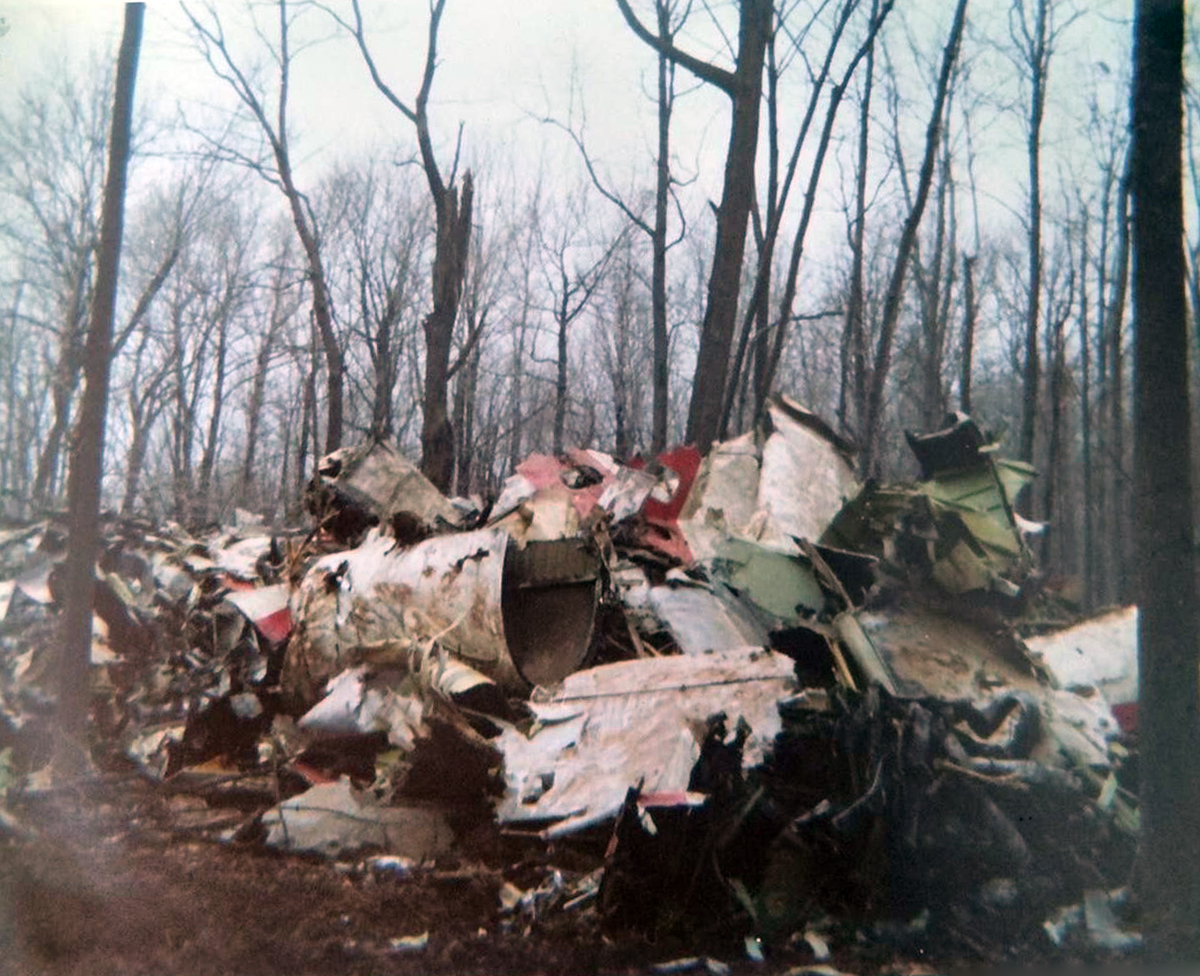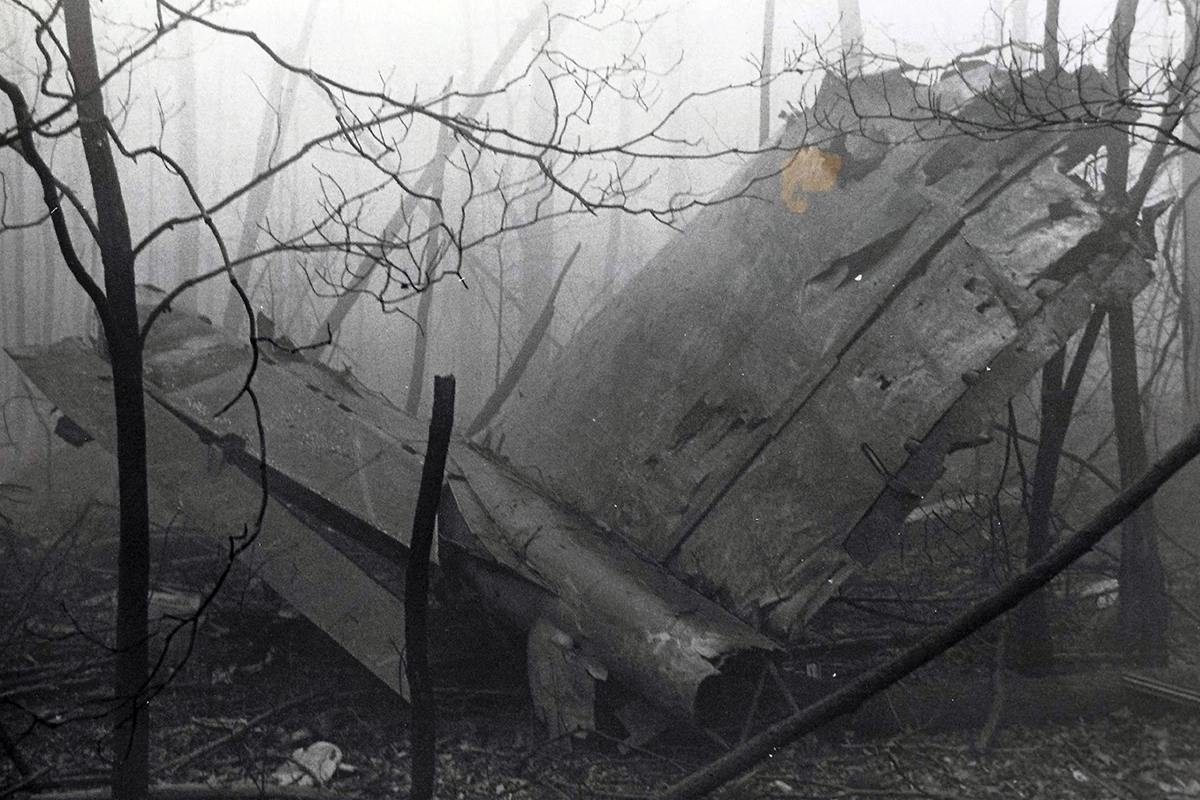
In the depths of winter, on a cold December morning in 1974, a TWA Boeing 727 sliced through the heavy clouds, bracing the kind of weather that tested the nerve of every pilot and the resilience of every passenger.
Flight 514 was supposed to be an uneventful hop between Columbus, Ohio, and Washington, D.C., but what unfolded would not only shatter the lives of the 92 souls on board, but send shockwaves across the entire aviation industry for decades to come.
The air was thick with snow and turbulence as the plane approached its destination, carrying 85 passengers and seven crew members who had no inkling of the storm of confusion awaiting them.
At the controls was Captain Richard Brock, a seasoned aviator with an impeccable record and just shy of 3,000 hours in command of the 727. By his side, First Officer Leonard Kesik brought over 6,000 hours of experience, and the youngest on the flight deck, Flight Engineer Thomas Safranek, rounded out the trio with a solid background despite being new to the 727 itself.
Every passenger and crew member that day could have believed themselves in the safest hands possible, never suspecting how quickly the situation would unravel.
The aircraft itself, a four-year-old Boeing 727, represented the cutting edge of jet travel in 1974. While today it’s little more than a relic, back then it was the lifeblood of short-haul fleets worldwide, known for its reliability and advanced (for the time) avionics. After a smooth boarding and pre-flight check, Captain Brock taxied the 727 into position and lifted off into the overcast sky.

As the plane climbed away from Columbus, turbulence began to buffet the fuselage, but nothing seemed out of the ordinary — until a fateful radio call changed everything. Fierce crosswinds in Washington forced National Airport to shut its runways, leaving the crew no choice but to divert to Dulles, a nearby airport with similarly nasty weather.
For the crew, the abrupt diversion triggered a race against time: they had to abandon the approach they’d prepared for and instead scramble to find the right approach charts for Dulles, an airport Captain Brock hadn’t visited in years.
The rush to replan, complicated by the short duration of the flight, sowed the seeds for what would become a cascade of minor errors, each compounding the last.
As Flight 514 sliced through the thickening clouds toward Dulles, air traffic control delivered a new set of instructions, vectoring the flight off its previously charted approach. Instead of following the pre-planned arrival, the pilots now found themselves on a shortcut straight toward the airport — but this shortcut took them off the approach plate’s safe vertical path, putting them in unfamiliar airspace.
In these moments, the immutable rules of flying — aviate, navigate, communicate — became blurred. The cockpit became a hive of activity as the pilots, juggling multiple tasks, tried to stay ahead of the airplane and its trajectory. They were cleared to descend to 8,000 feet, then 7,000, all the while wrestling with strong turbulence and gusting winds.
Dulles approach issued their final instructions: intercept a specified radial and expect the approach to runway 12. At first glance, everything seemed normal. But below the surface, a critical misunderstanding was brewing.

The controller’s clearance for the approach came before the aircraft reached the key navigation fix where descent to the minimum safe altitude was authorized. The pilots, relying on now-outdated FAA manuals and their own experience, believed they could descend to 1,800 feet as soon as they were “cleared for the approach” — not realizing that this would put them dangerously low, far from the airport and over hazardous terrain.
Inside the cockpit, doubt began to whisper, but it was quickly drowned out by the rush to comply with what the crew thought was correct procedure. Even as Flight Engineer Safranek expressed concern about their distance from the airport, the captain and first officer rationalized their descent, drawing on old habits and misinterpreted rules.
The charts clearly showed the safe minimum was 3,400 feet in their sector, but confirmation bias took over; they saw only what they wanted to see, trusting that radar controllers would surely alert them if something was amiss.
But that alert would never come, for the controller was not providing positive radar separation — and believed the pilots themselves were responsible for staying clear of terrain. As the 727 descended through the swirling snow and thick cloud, no one on board realized they were flying headlong into disaster.
Passengers sat quietly, some nervous from the turbulence, others distracted by the routine discomforts of winter flying. Outside, the plane was carving a path straight toward Mount Weather, a massive wall of rock hidden by clouds and snow.

Moments before impact, the cockpit’s radio altimeter chimed a chilling warning: they were just 500 feet above ground, but still miles from the runway threshold. There was no time to recover.
With throttles slammed forward in a desperate attempt to climb, the 727 clipped the treetops and exploded into the mountainside, instantly ending the lives of everyone on board. The world was left stunned by the news, unable to comprehend how a simple miscommunication and reliance on faulty assumptions could destroy so many lives in a single, blinding instant.
The aftermath of TWA Flight 514 would force the aviation world to reckon with the deadly consequences of human error. The crash exposed the lethal potential of ambiguous language between pilots and controllers, the perils of outdated procedural guidance, and the catastrophic price of assumption in the cockpit.
In the months and years that followed, aviation authorities around the globe took urgent action. Mandatory installation of Ground Proximity Warning Systems (GPWS) on commercial jets was just the beginning.
New, unambiguous phraseology became standard for air traffic control, designed to eliminate the confusion that had doomed Flight 514. Airspace was mapped with new alerting systems to warn controllers if any aircraft dipped below safe altitudes, and a national incident reporting system allowed pilots to speak out about close calls without fear of reprisal, encouraging a culture of transparency and learning.

What happened in those final, fog-shrouded minutes aboard TWA Flight 514 wasn’t just an isolated disaster. It was a turning point — a moment when aviation had to confront the ugly truth that even the best-trained crews, with the best intentions, could fall victim to the smallest missteps if the system around them was broken.
The victims of Flight 514 became silent advocates for every passenger who stepped onto a plane in the years that followed. Every beep of a terrain warning system, every standardized phrase on the radio, every airline training session on cockpit communication carries their legacy.
To this day, the name Mount Weather evokes a chill in those who remember, a symbol of how fragile the margin for error can be above the clouds.
For all who fly, this is the ultimate reminder: the sky does not forgive misunderstanding. Every approach, every descent, and every clearance carries the weight of the lessons learned at the cost of 92 lives lost on a snowy December morning — when confusion, not the storm, brought down a plane.

-1751810481-q80.webp)

